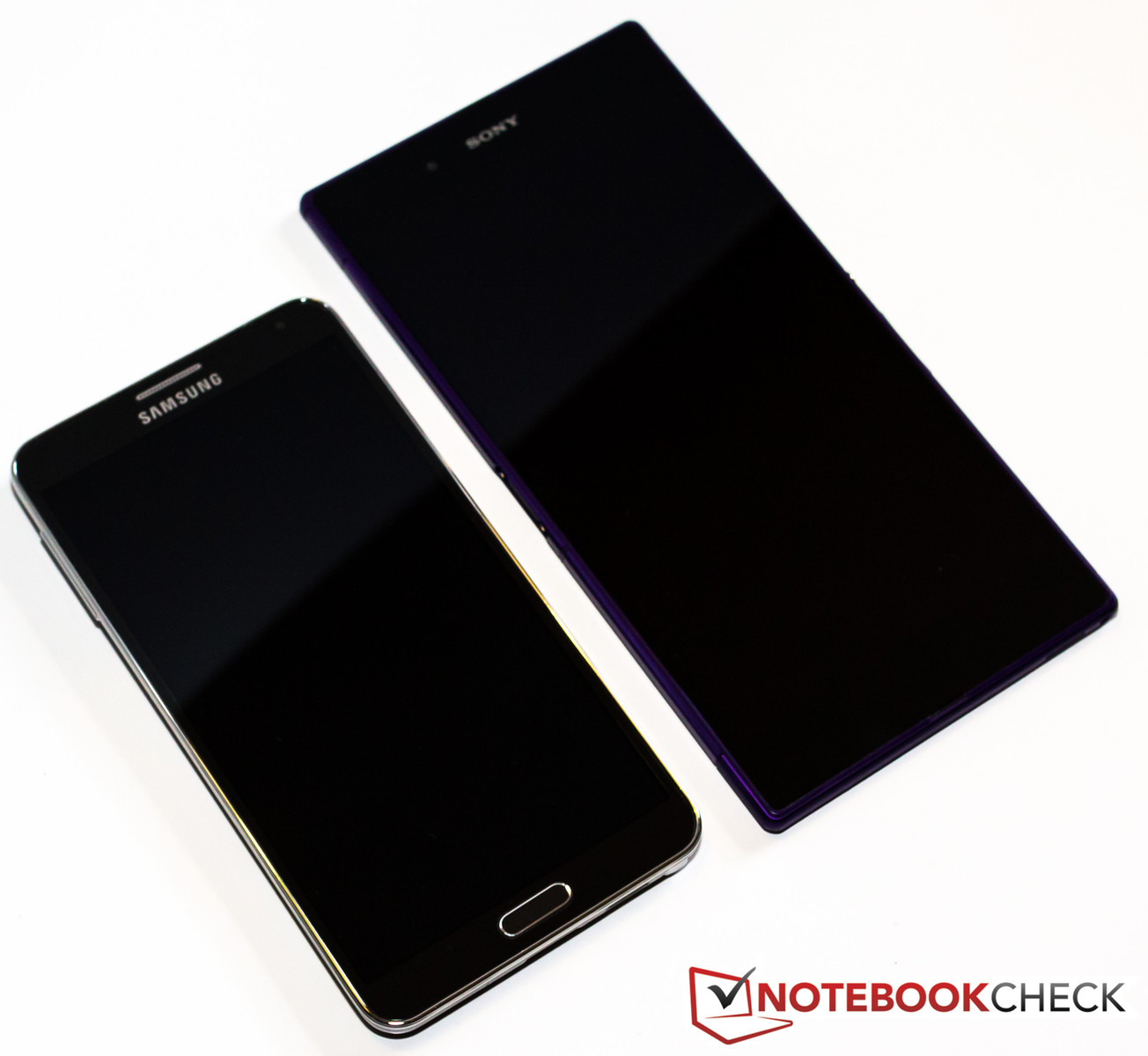

- XPERIA Z ULTRA COLORCROSS VIRTUAL REALITY 720P
- XPERIA Z ULTRA COLORCROSS VIRTUAL REALITY 1080P
- XPERIA Z ULTRA COLORCROSS VIRTUAL REALITY FOR ANDROID
- XPERIA Z ULTRA COLORCROSS VIRTUAL REALITY WINDOWS
Anyway, there were some neat features, like the ability to run track ID on songs playing on FM radio. The loudspeaker was pretty poor, though, this was before Sony moved to stereo speakers. It came with the Walkman player and a multitude of sound-enhancing tech originally developed for Sony’s other products. The Sony Xperia Z offered impressive audio quality through its 3.5mm jack, with loud and fairly clean output. The Epic Citadel test, a demo of Unreal Engine 3, reached 55.6 fps on the High Quality setting.
XPERIA Z ULTRA COLORCROSS VIRTUAL REALITY 1080P
Its four Krait cores had excellent performance and the GPU was quick enough for 1080p gaming.
XPERIA Z ULTRA COLORCROSS VIRTUAL REALITY FOR ANDROID
The Snapdragon S4 Pro chipset was pretty much the fastest available for Android phones in early 2013. Side note: the Oppo Find 5 was also the first phone with a 1080p screen we reviewed, just days ahead of the Xperia. HDR wasn’t quite the game changer we hoped for, but it did make a difference. And (unlike stills), the 1080p footage was beautifully detailed and recorded at a rock-solid 30 fps. Sony Xperia Z camera samples, using the regular auto modeĪs for video, the camera was one of the first to support HDR video capture, second only to the Oppo Find 5. Sony Xperia Z camera samples, using the superior auto mode Photos had excellent dynamic range, but sharpness and noise levels left something to be desired. Superior auto shots were pleasing if a tad oversaturated.

The 13MP camera on the Xperia Z offered Superior auto mode, which borrowed wisdom from Sony’s digital cameras to automatically pick the best settings. The large, high resolution 5" 1080p display sounded impressive, but had poor viewing angles and contrast But those were just around the corner – we’ll come back to that in a bit. Colors weren’t great either, this was before Sony adopted Triluminos tech for its mobile displays. Viewing angles were poor and contrast was low. Sony’s passion for high resolution displays hasn’t waned and it is still the only maker offering a 4K display (the Xperia 1 III will soon bring the first 4K 120Hz OLED to the mobile market).ĭespite invoking the veritable Bravia name, the screen was actually a bit of a disappointment. It was tack sharp and backed by the Bravia Mobile Engine 2. The 5” panel was fairly large for its day, yet the phone was only a millimeter wider than flagships from the previous year. Sony was also first of the big players to push mobile screens to 1080p resolution. Of course, it’s standard now and Sony deserves some credit.įlaps helped the Xperia Z achieve its IP57 rating Still, in those days waterproofing was not the kind of feature you saw on a sleek flagship, but on bulky rugged phones instead. If you wanted, you could simplify things by using a charging cradle (which connected to the exposed pogo pins on the side). Sony Xperia Z's IP57 water resistance was heavily advertised

And the phone would remind you to close them tightly every time you disconnected the charging cable. It was an early iteration of waterproofing, however, so Sony had to cover the vulnerable ports with flaps. It could spend half an hour under 1 meter (3 ft) of water. The Z phone carried an IP57 rating for dust and water resistance. The chassis itself was made from glass fiber polyamide and was sandwiched between two different panes of glass: Asahi Dragontrail on the front, Corning Gorilla Glass on the back. The Sony Xperia Z sized up against the HTC Butterfly and the Oppo Find 5 Symmetry was key and the aluminum Power button was a signature decoration. It was rectangular with a flat glass back, a departure from the rounded backs of the S. The Xperia Z was unveiled the following year at CES 2013 and introduced the Omni-Balance design. The aluminum shutter key was a trademark of the Omni-Balance design The Xperia S sold well, but the mobile division was still struggling. Plus, the 12MP camera with 1080p video capabilities showed promise. There was the PlayStation Store that emulated PSX games on the Snapdragon S3 chipset.
XPERIA Z ULTRA COLORCROSS VIRTUAL REALITY 720P
The S featured one of the first 720p screens on mobile, a microHDMI port and a dedicated TV launcher. Before that there was the Xperia S, the first phone after the divorce with Ericsson (Sony got to keep the Xperia kids). Today we wanted to look at the phone that prototyped the design language used by Sony today, the Sony Xperia Z. All of these eventually lead to the Xperia 1 and 5 series, the latest of which were announced this week.
XPERIA Z ULTRA COLORCROSS VIRTUAL REALITY WINDOWS
Previously we traced the history of Sony (Ericsson)’s Xperia line of phones, from the Windows Mobile beginnings through the switch to Android to the birth of the Compact line.


 0 kommentar(er)
0 kommentar(er)
